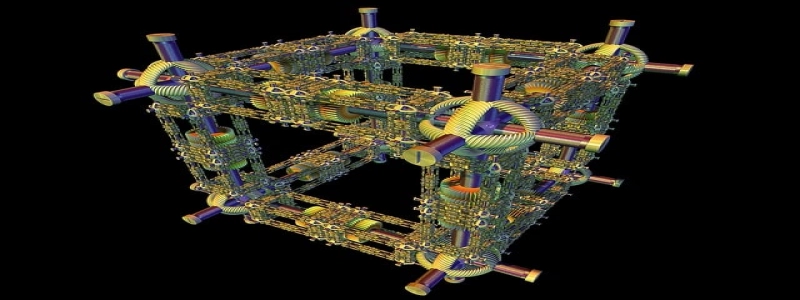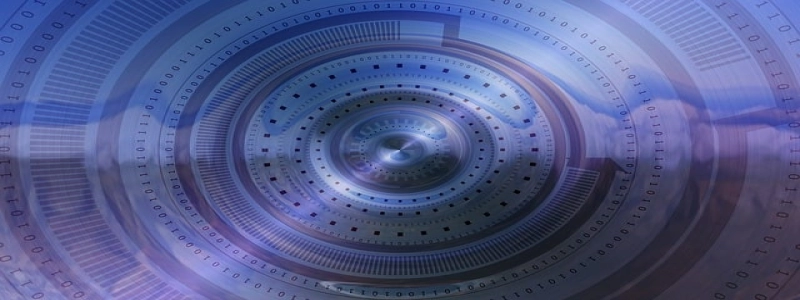Laser Wavelength Meter
Introduction:
In the world of lasers, precision is crucial. One of the most important parameters to measure accurately is the wavelength of a laser beam. A laser wavelength meter is a specialized device designed to precisely measure the wavelength of laser light. In this article, we will explore the features, working principle, and applications of a laser wavelength meter.
1. Features:
a. Multi-level Display: A laser wavelength meter usually comes with a multi-level display that provides detailed information about the measured wavelength. It may include parameters such as the current wavelength, peak wavelength, and spectrum distribution.
b. High Accuracy: Laser wavelength meters are known for their high accuracy in measuring the wavelength of laser light. They can typically achieve accuracy within a few picometers, ensuring precise measurements.
c. Wide Wavelength Range: Laser wavelength meters are designed to work with a wide range of laser wavelengths. They can measure wavelengths ranging from ultraviolet (UV) to infrared (IR), making them suitable for a variety of applications.
2. Working Principle:
Laser wavelength meters work based on the principle of interferometry. They utilize a Michelson interferometer, which splits the incoming laser beam into two paths. One path serves as a reference beam, while the other path interacts with the sample beam. The two beams then recombine, creating an interference pattern. By analyzing this pattern, the wavelength of the laser beam can be determined.
The interference pattern is usually captured by a photodetector, which converts the light intensity into an electrical signal. This signal is then processed and analyzed to extract the wavelength information. Advanced algorithms and signal processing techniques are employed to achieve high accuracy and reliable measurements.
3. Applications:
a. Laser Research: Laser wavelength meters are essential tools in laser research. They enable scientists to precisely determine the wavelength of laser sources, aiding in the development of new laser technologies and understanding laser behavior.
b. Spectroscopy: Spectroscopic studies heavily rely on accurate wavelength measurements. Laser wavelength meters play a crucial role in spectroscopy experiments by providing precise wavelength information, enabling scientists to study the interaction of laser light with matter.
c. Fiber Optics: In the field of fiber optics, laser wavelength meters are used for monitoring and characterization of optical signals. They ensure that the laser light transmitted through the fiber remains within the desired wavelength range, guaranteeing efficient and reliable data transmission.
Conclusion:
A laser wavelength meter is an indispensable tool in the world of lasers. With its high accuracy, wide wavelength range, and multi-level display, it provides detailed and precise measurements of laser wavelengths. Whether in laser research, spectroscopy, or fiber optics, a laser wavelength meter plays a vital role in ensuring the accuracy and reliability of laser-based applications.







